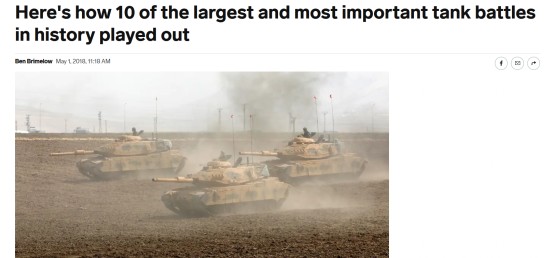
A Battle Too Far: Arras 1917

Sandwiched between the better-known battles of the Somme and Passchendaele, the Battle of Arras has scarcely received the attention it deserves. It was an important battle on several levels. It was conceived and fought in support of the French effort to win the war with one gigantic offensive, initially targeting the Chemin des Dames. Preparations for it were sidetracked by the replacement of French Commander-in-Chief Joffre by General Robert Nivelle, and the unsuccessful attempt by Prime Minister Lloyd George to subordinate Field Marshal Haig and the BEF to the new French C-in-C. Preparations were further slowed down by inter-allied disagreements over the sharing of railway facilities, BEF takeover of French-manned sectors of the Front and the appalling weather of the worst winter of the war. They were further thrown into confusion by the German decision to withdraw to the newly constructed Hindenburg Line, thereby not only conserving manpower but also forcing the Allies to maintain contact by advancing uncertainly over ground laid waste and booby-trapped.
When the British finally attacked on 9 April 1917, that day proved to be the most successful of the war to that date for the BEF. The First Army's Canadian Corps all but completed the capture of the allegedly impregnable Vimy Ridge, and the Third Army advanced further in one day than had ever previously been achieved. It would not last. The attack lost momentum and the Germans quickly began to recover from their early shocks. It proved more difficult than had been expected to capture and cling on to Monchy-le-Preux; the Fifth Army, launching its operation to capture Bullecourt village to assist Third Army's main thrust, found itself embroiled in a bitter struggle that would extend over the following five weeks. Over the course of the same period, the First and Third Armies renewed their assaults on several occasions with the gains, if any, counted only in yards. The French launched their massive assault on 16 April. Although it achieved some success, it soon became obvious that it was not going to deliver on the extravagant promises made for it by General Nivelle. It was this disappointment of expectations rather than anything else that led to the serious outbreaks of indiscipline in the French Army, amounting in many cases to mutiny.
The implications for the BEF were significant. Nivelle had promised Haig that, if his offensive had not succeeded in 48 hours, he would call it off and throw his support behind Haig's planned offensive in Flanders to clear the Belgian coast. Nivelle now showed no inclination to fulfill this promise, seemingly content to revert to the familiar Western Front attritional battles. Fully aware of his ally's disciplinary crisis, Haig felt the need to support the French by prolonging the Battle of Arras well past the date when it would achieve anything of value. This led to the assaults described above, and casualty lists that on a per day basis were the worst recorded in any battle fought by the British in World War One. With Haig's attention being increasingly distracted by his growing focus on Flanders, the Battle of Arras drifted to a close, a catalog of unfulfilled promise and failure.
There were several reasons for the final, disappointing outcome. The tanks proved almost entirely ineffective, not surprisingly considering they consisted of obsolescent models with inadequate protection from German artillery, which had learnt of their vulnerability. The artillery had still not overcome the problem of getting forward over self-churned-up ground in time to offer adequate support to follow-up infantry assaults. They were not helped by the damage being wrought on the RFC by the all-conquering German fighter squadrons, especially during Bloody April. The cavalry once again demonstrated that it was largely unsuited for use on a modern battlefield.
The author has examined in some detail the political, military, and inter-allied aspects of the lead up to the battle. He has then looked closely at the BEF and French plans and operations within the framework of the Battle of Arras and the Second Battle of the Aisne (Chemin des Dames). He evaluates the performances of the involved allied armies and their leaders. Finally, he looks at their careers and lives following the events of April to May 1917.
Available Now From Helion & on Amazon!
Hardback
245mm x 170mm
368 pages
12 color maps
24 black-and-white maps
12 color photos
16 black-and-white photos








